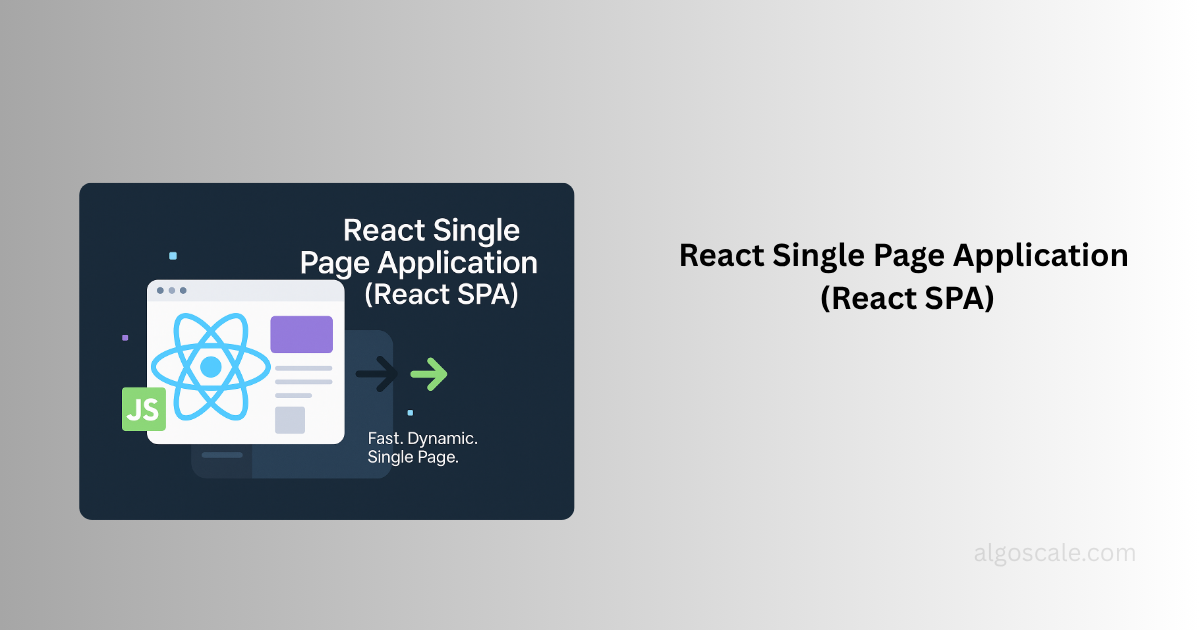Introduction
In the words of Jon Miller, “The art of understanding your customers is great but the art of understanding the behavior of your customers is even better”. A Forrester report noted that one-third of the companies that use customer segmentation analysis opined that they did noft reap fruitful results from this strategy. The main reason behind this failure is not the strategy itself but its effective usage. Upon deep analysis of this report, we find that the dissatisfied companies resorted to the use of traditional customer segmentation tools. As such, these companies did not leverage the power of customer analytics using modern tools and techniques. In this article, we explore various approaches pertaining to the power of behavioral segmentation of customers which can help businesses achieve the greatest outcomes possible.
The Logic Behind Behavioral Segmentation
There are many advantages associated with behavior segmentation. The first and foremost among them is the art of categorization. This technique enables us to determine how the behavior of customers differs from one another. Behavioral segmentation also allows us to predict the future behavior of customers based on historical data patterns. Another advantage of behavioral segmentation is prioritization. Prioritization enables us to draw a profile hierarchy that aids in making smarter decisions for the identification of highly valued customers from which we can derive the maximum benefits. Another advantage is that of performance. This strategy enables us to gauge the health of our business and track performance across various parameters.
Understanding purchasing behavior
Purchasing behavior enables us to understand the complexity of the purchasing process. It also addresses the barriers that accompany the purchasing process. Using the power of behavioral segmentation, we can predict customer journeys and identify patterns enabling us to cluster customers with utmost ease. There are two prime methods that we use to predict future outcomes. The first among them is to derive insights from the purchase history of the customers. The second method relies on the likelihood of purchase of a particular product based on the recommendations that are given to a customer.
Customer segmentation analysis with the help of benefits sought
One of the important methodologies to segment customers is by checking out the benefits that they seek while making a purchase. It has been observed that customers do a bit of background research before they zero in on a particular category of products. It is difficult to derive conclusions based on the research carried out by individual customers. However, it is possible to derive valuable insights from the benefits, features, and values of the products that motivate a particular purchase decision. When a customer purchases a product in a specific range, recommendations can be made to the customer based on the products that fall in this price range.
The stage of the customer journey
It is possible to figure out the stage of a customer journey to predict customer behavior in near future. We can draw a scale of customer journey based on various parameters like awareness, inclination, purchase, and rating. Based on the data from previous transactions we can assign weights to the above parameters. These parameters can help us to predict the stage of the customer journey for better customer segmentation analysis.
The usage of products and services
The frequent usage of some specific products and services enables us to segment customers by behavior. One of the easiest ways to segment customers based on the uses of products and services is by categorizing them as heavy, average, and light users. This kind of customer segmentation tool allows us to derive invaluable insights for attracting new customers to our products and services.
Brand engagement
We can also segment customers depending upon their engagement with a specific brand in the past. The transaction history of a particular customer helps us understand the interest that a customer shows in a particular brand. This data can be very helpful to offer personalized recommendations to the customer using other products of a similar brand.
Concluding remarks
A lot of tools are available to derive insights from the feedback of customers. Such tools enable us to gauge the level of customer satisfaction. Evidence of negative customer feedback can serve as an important mechanism in improving our service delivery. We can target that very customer with an additional questionnaire to collect valuable information. This data can serve as a strategic tool for segmentation and behavior analysis in the future.
To learn more, contact us at askus@algoscale.com
Also Read: Behavioral segmentation in terms of communication marketing, customer value, and consumer loyalty











